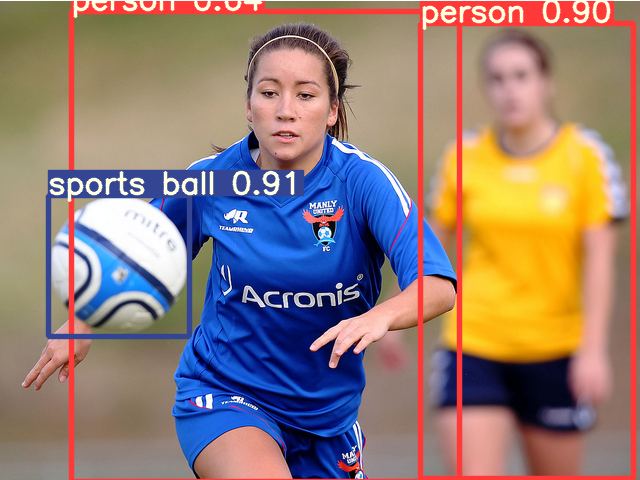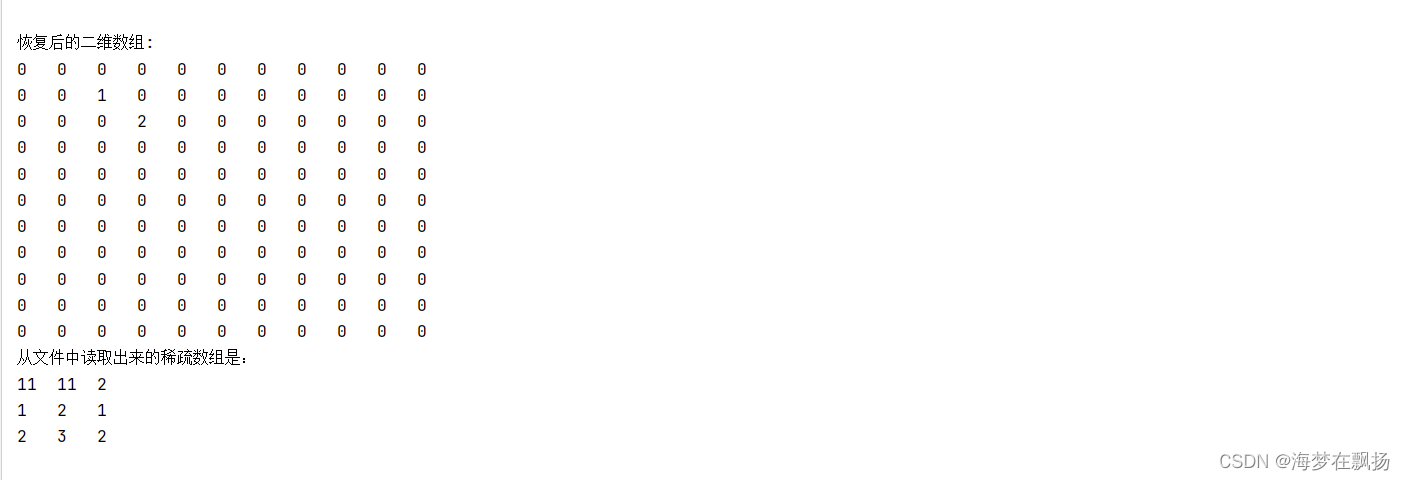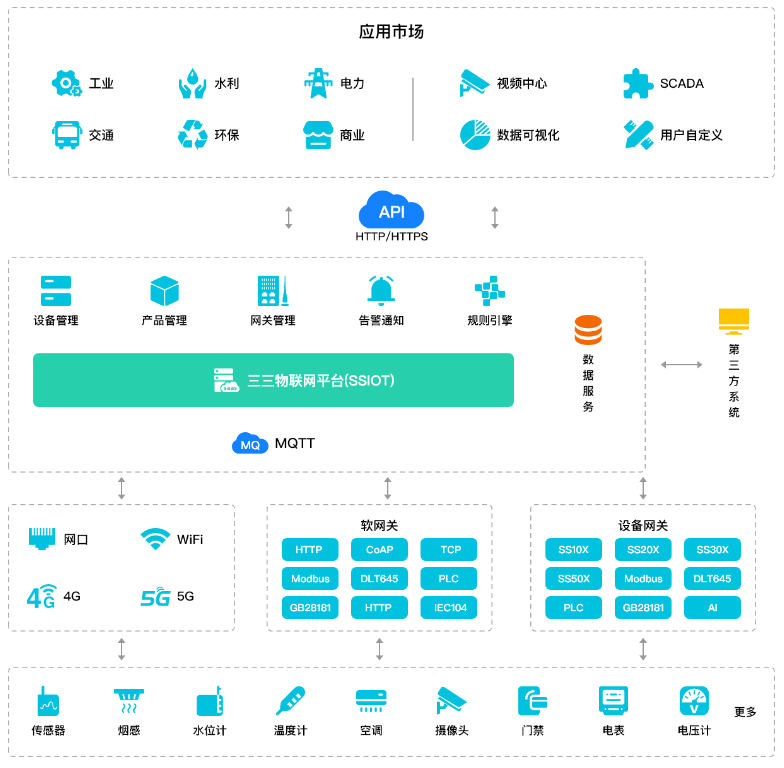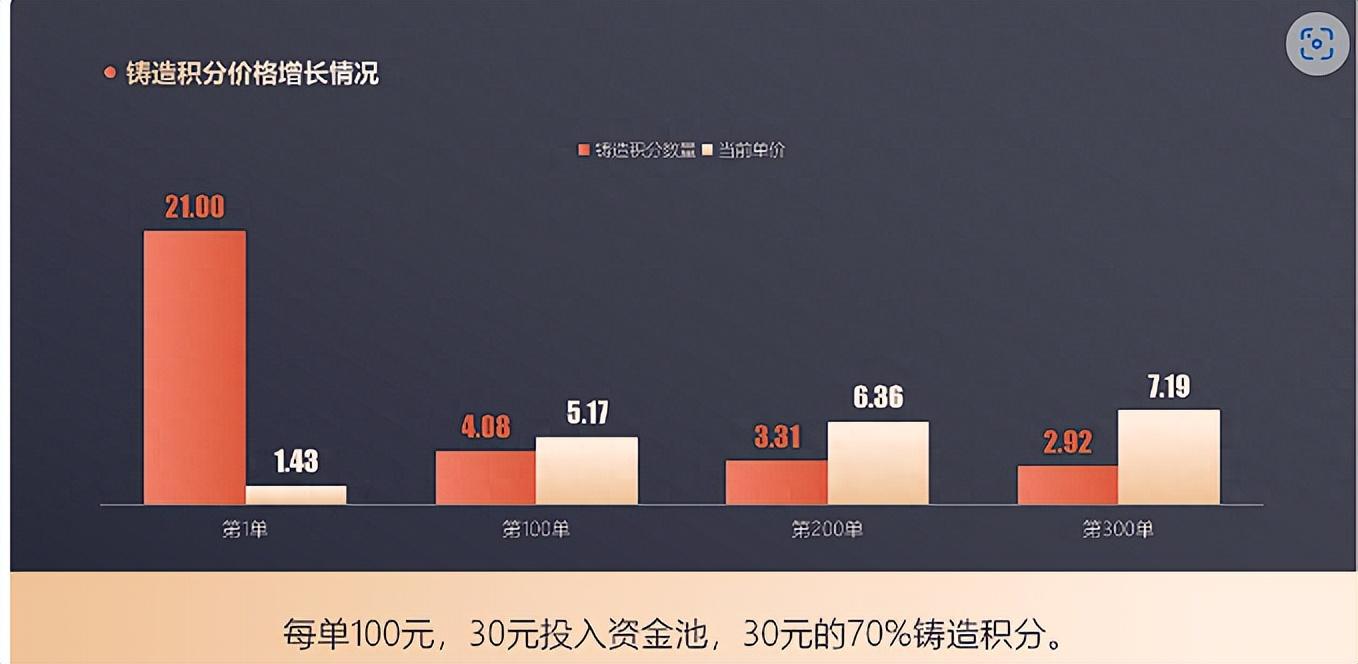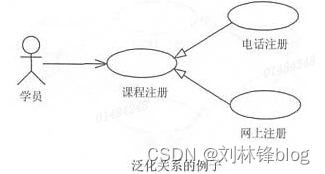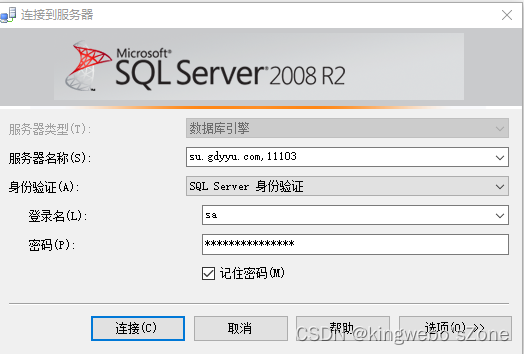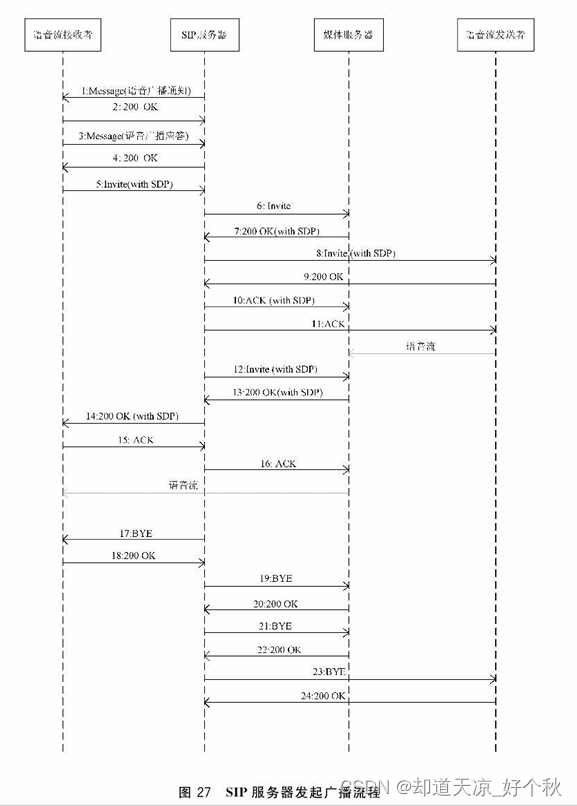1 介绍
GRU的一个单元

2 基本使用方法
torch.nn.GRUCell(
input_size,
hidden_size,
bias=True,
device=None,
dtype=None)输入:(batch,input_size)
输出和隐藏层:(batch,hidden_size)
3 举例
import torch.nn as nn
rnn = nn.GRUCell(input_size=5,hidden_size=10)
input_x = torch.randn(3, 5)
#batch,input_size
h0 = torch.randn(3, 10)
#batch,hidden_size
output= rnn(input_x, h0)
output.shape, output
'''
(torch.Size([3, 10]),
tensor([[-0.4414, 1.0060, 0.3346, -0.2446, -0.4170, -0.6201, -1.0049, 0.1765,
0.2238, -2.0249],
[ 0.2764, 0.6327, 0.1682, -0.0433, 1.2226, -1.0959, 0.0345, -0.6375,
-1.4599, -0.3670],
[ 0.9447, -0.0849, 0.3983, -0.4078, 0.9805, -0.1826, 0.2151, 0.3382,
-0.1147, -0.2307]], grad_fn=<AddBackward0>))
'''4 和GRU的异同
| 功能性 |
|
| 输入: |
|
| 输出: |
|
| 用法: |
|
| 应用场景: |
|
5 一个GRU由几个GRUcell组成?
一个具有 seq_len,bidirectional=True 和指定的 num_layers 的 GRU 对应的 GRUCell 的数量为:
-
seq_len:对于长度为
seq_len的输入序列,GRU 在内部会进行seq_len次循环操作,每次循环处理序列中的一个时间步长。所以这部分会贡献seq_len个 GRUCell。 -
bidirectional=True:当 GRU 是双向的,即
bidirectional=True,那么对于每一个时间步长,都会有两个 GRUCell 被调用:一个是正向的,另一个是反向的。因此,双向性将 GRUCell 的数量增加一倍。 -
num_layers:这表示你要堆叠多少层的 GRU。每一层都会为每个时间步调用其自己的 GRUCell(考虑到双向性,这可能是两个)。所以如果你有
num_layers层,那么你需要乘以这个数字。
综上所述,总的 GRUCell 的数量为: Total GRUCells=seq_len×(2 if bidirectional else 1)×num_layers


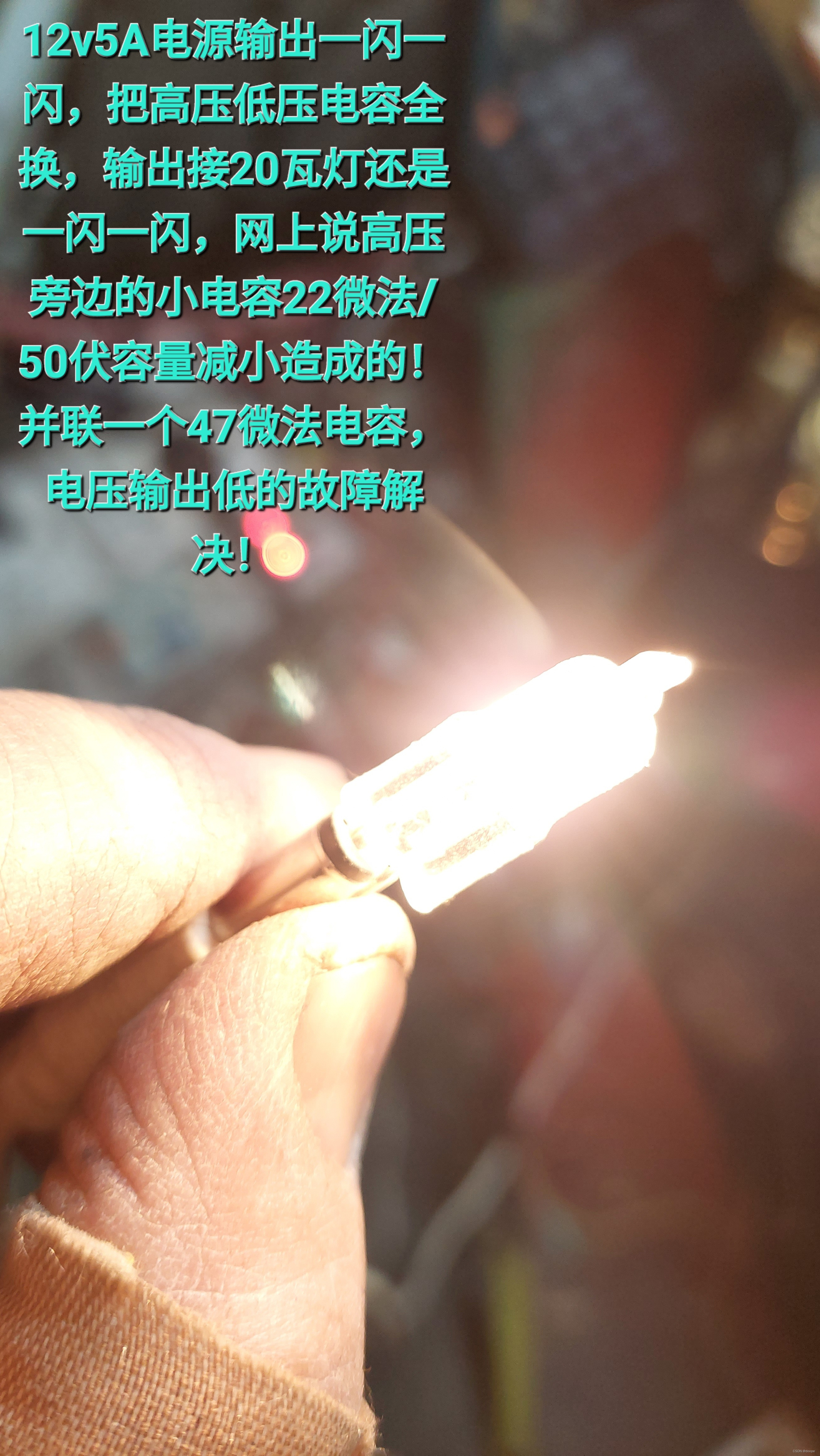
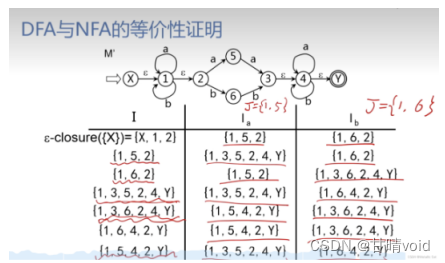

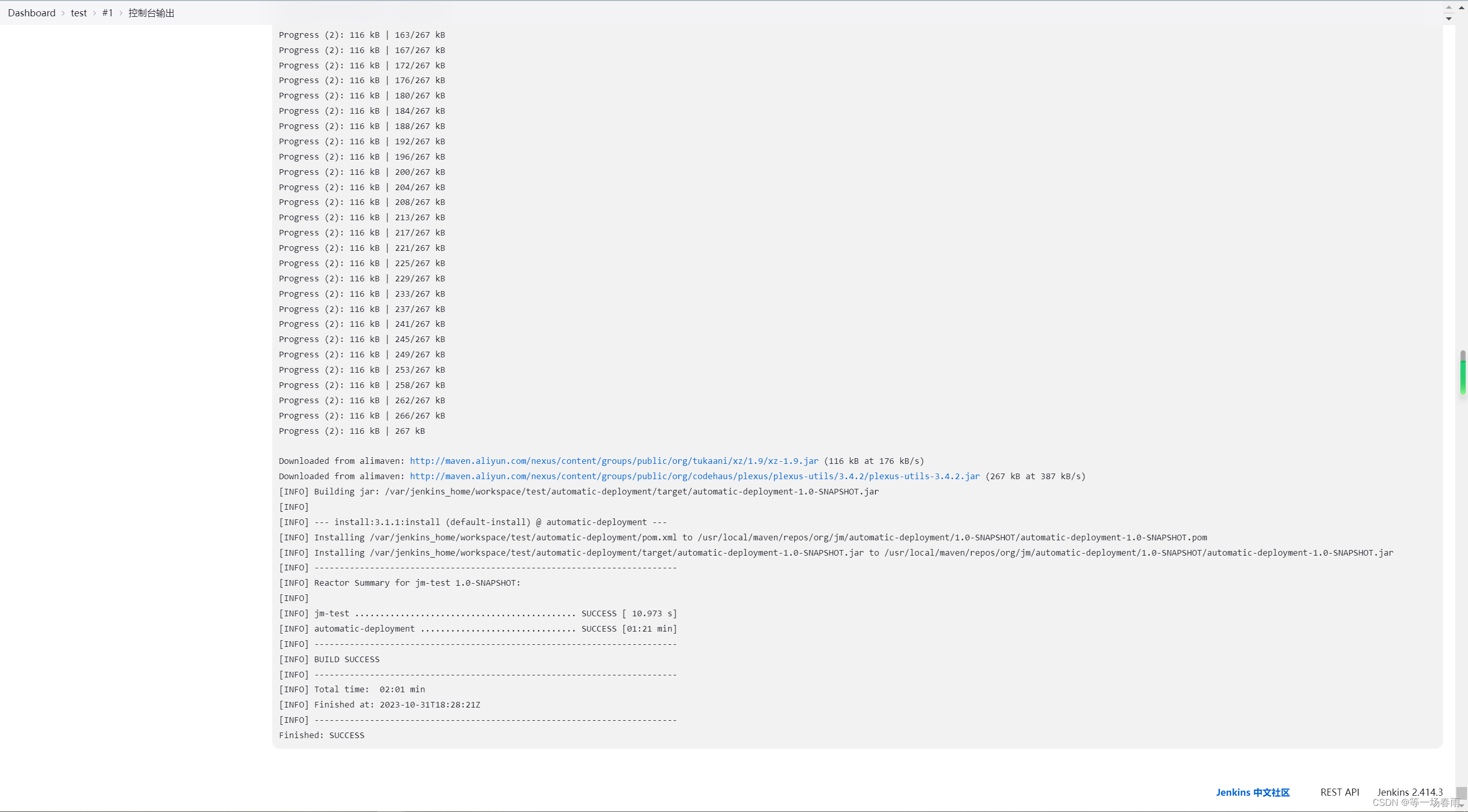
![[TryHackMe] [Intro to Offensive Security] 网络安全概论.黑掉你的第一个网站](https://img-blog.csdnimg.cn/img_convert/b737fab1388f2e954d4e258e7f1fed66.jpeg)
